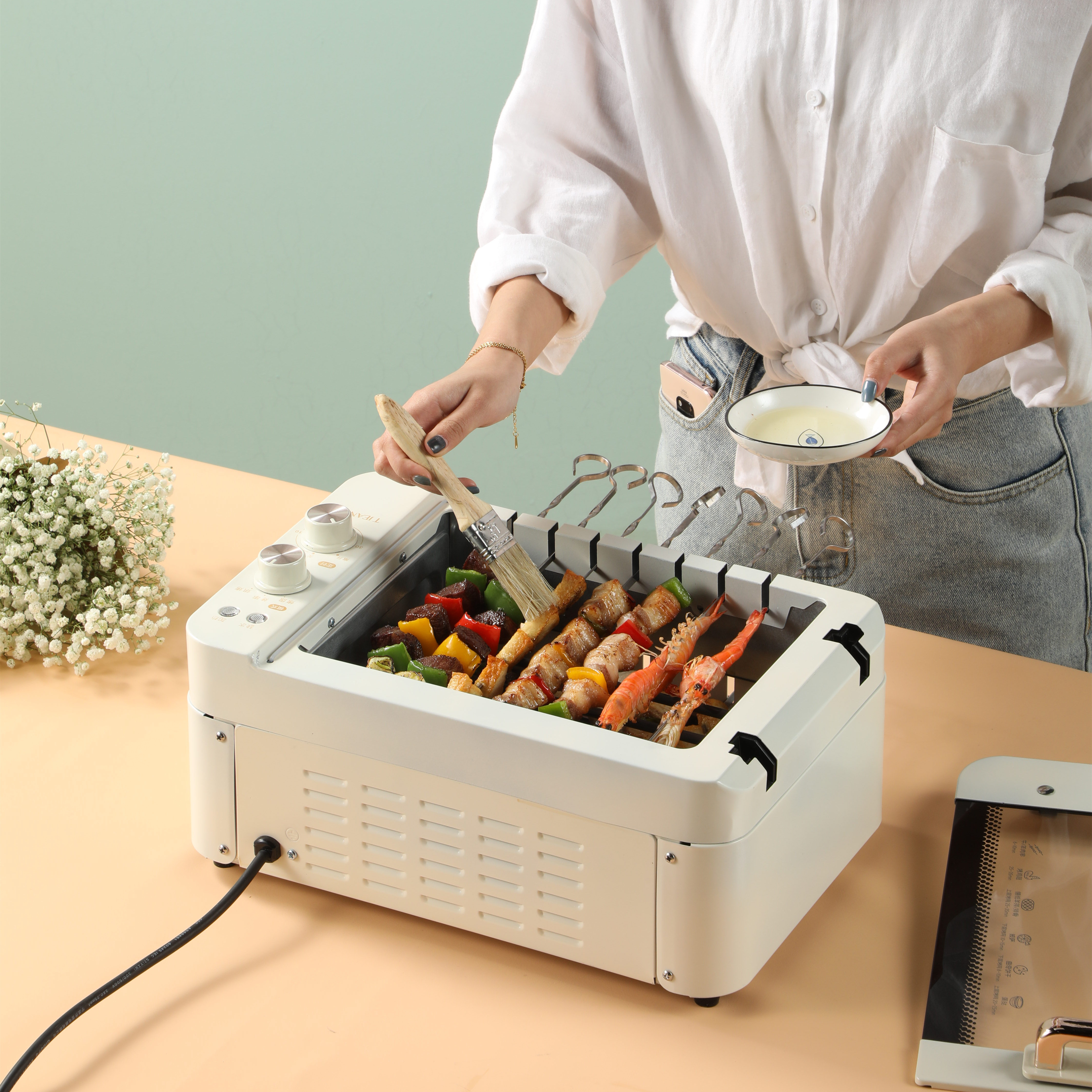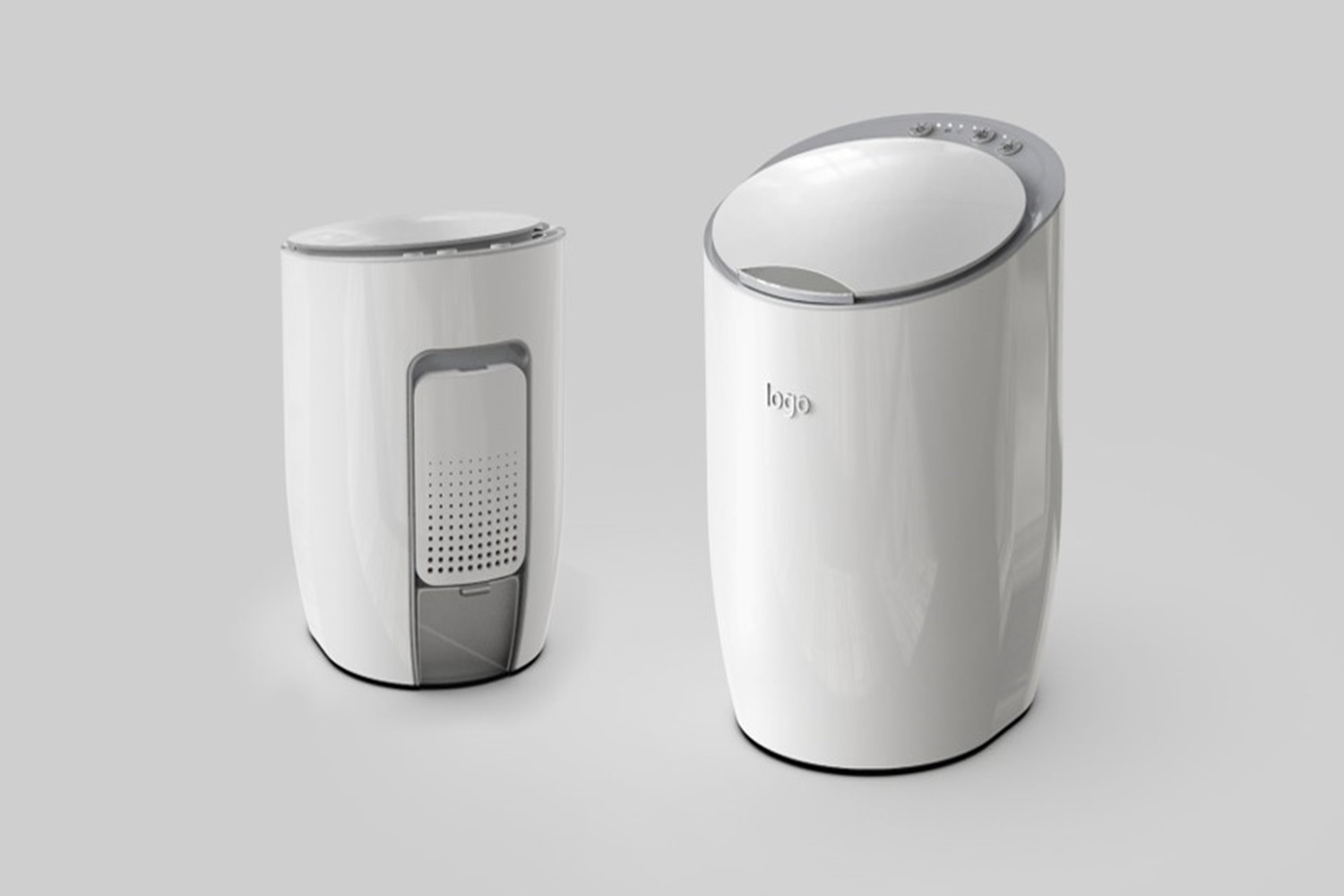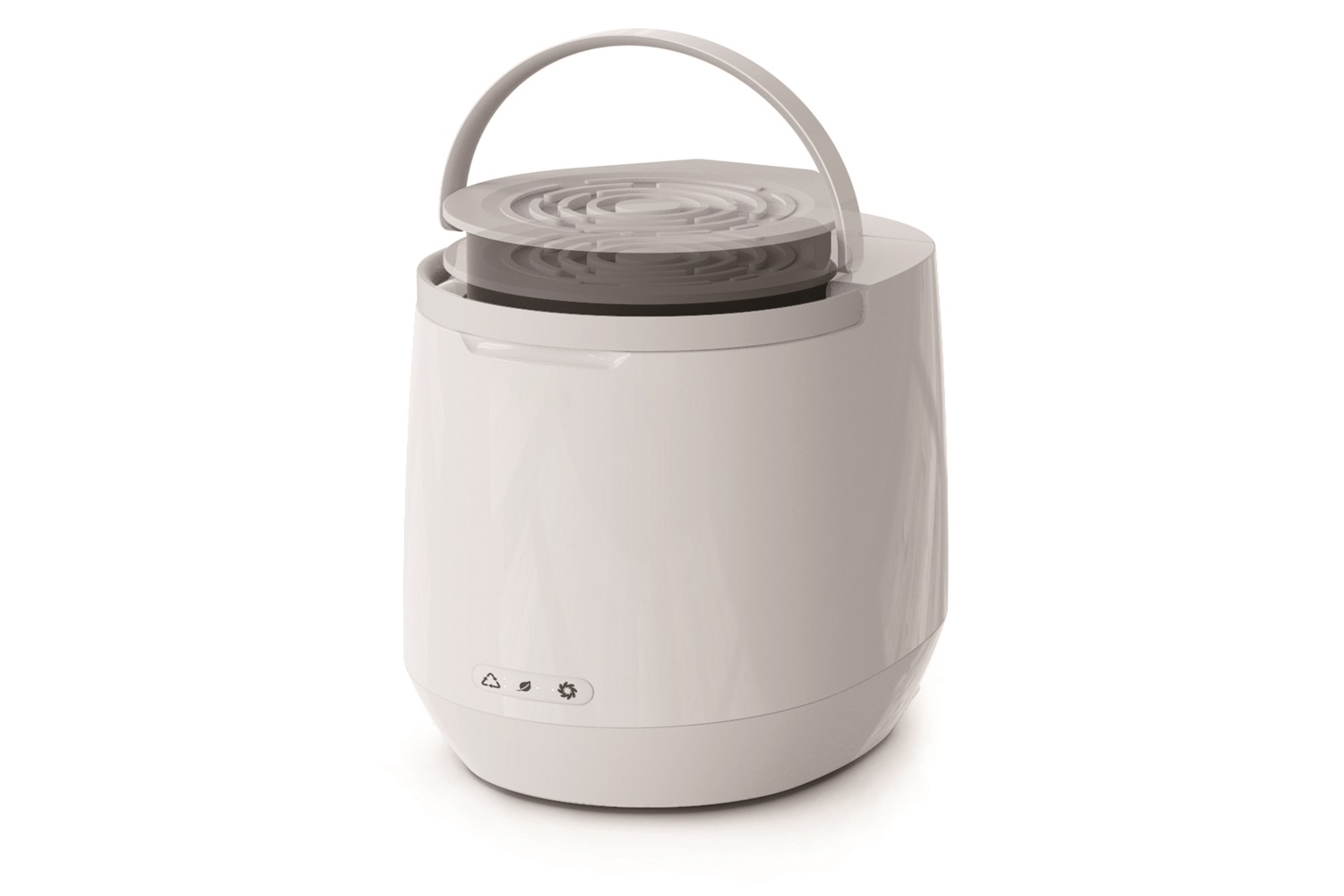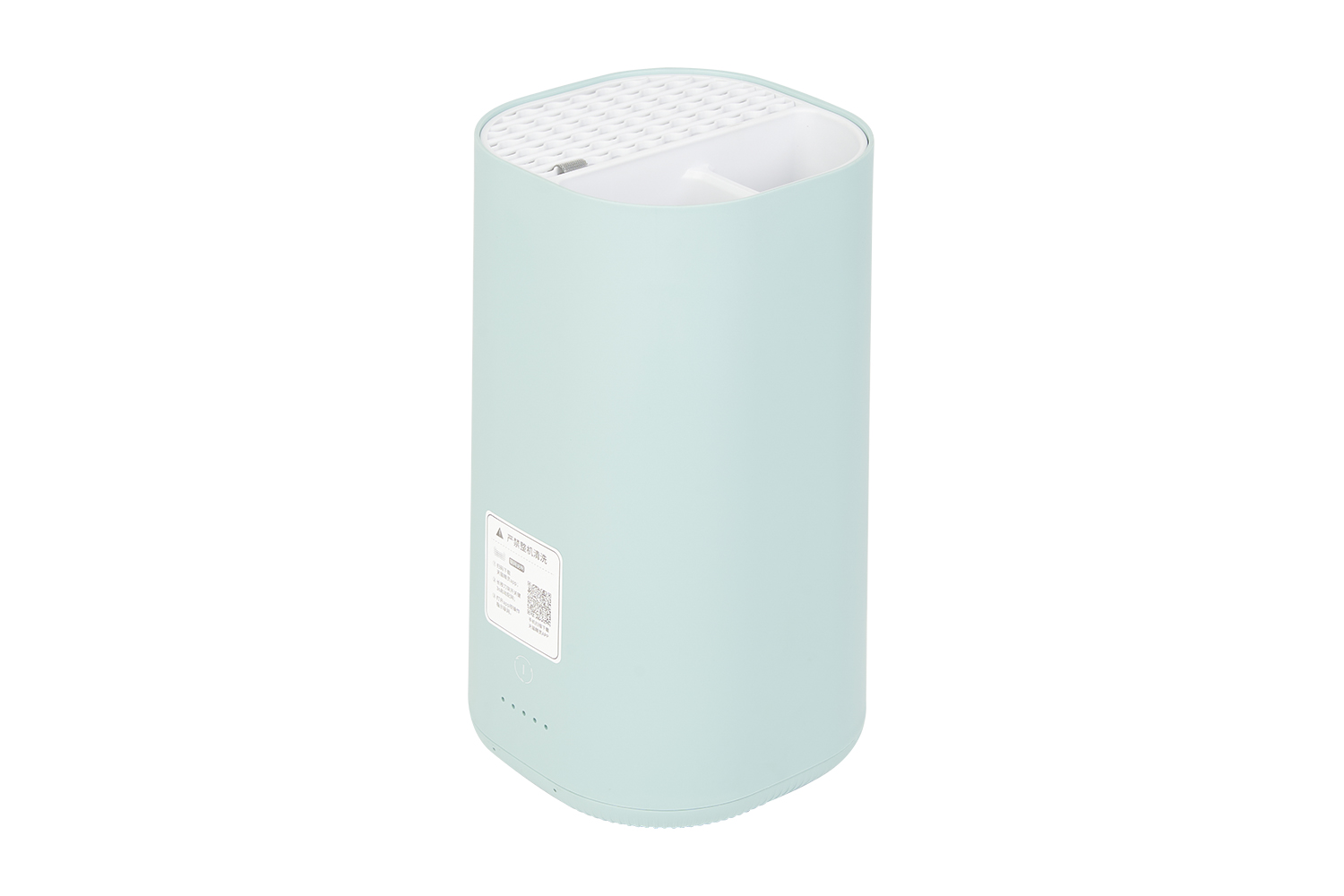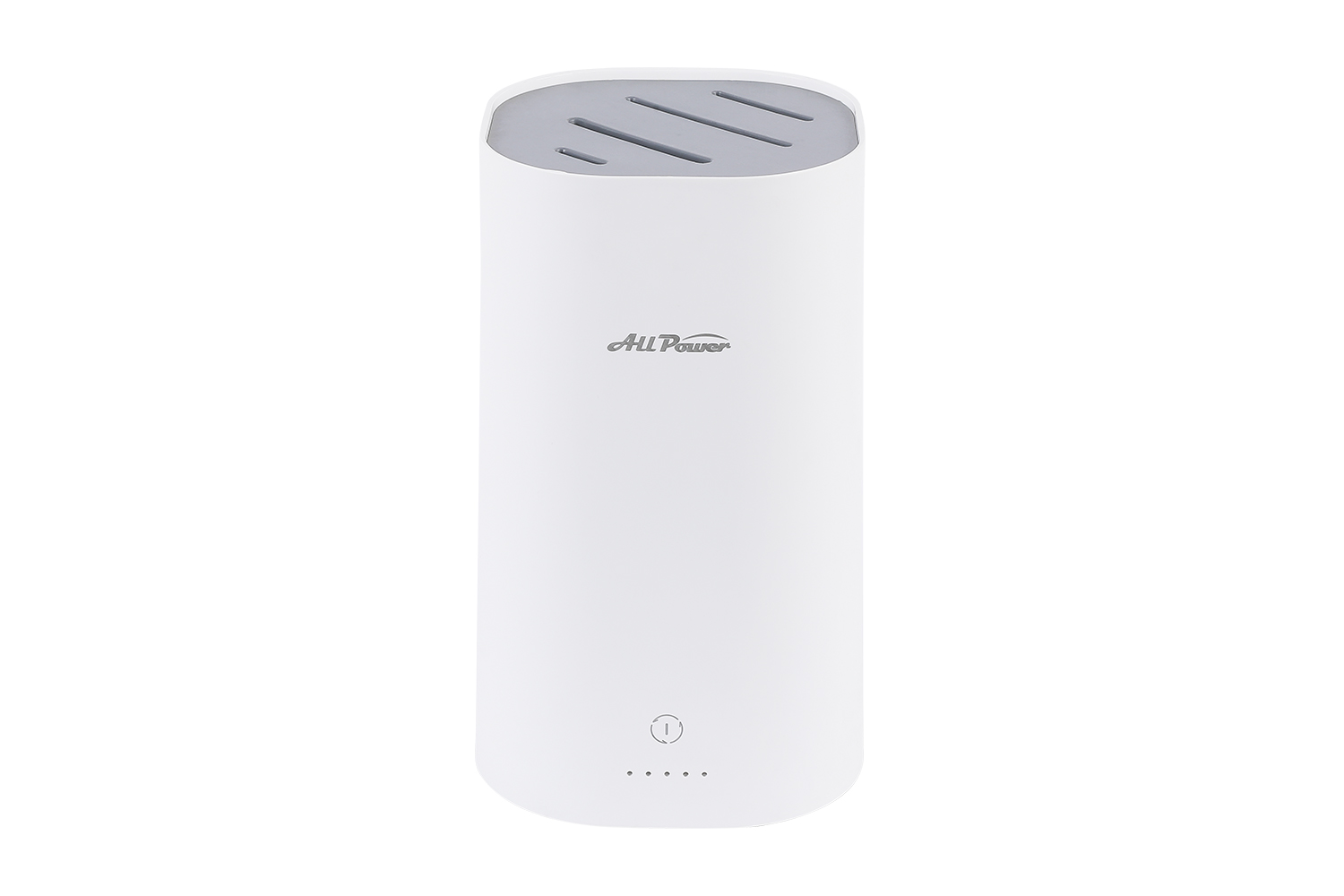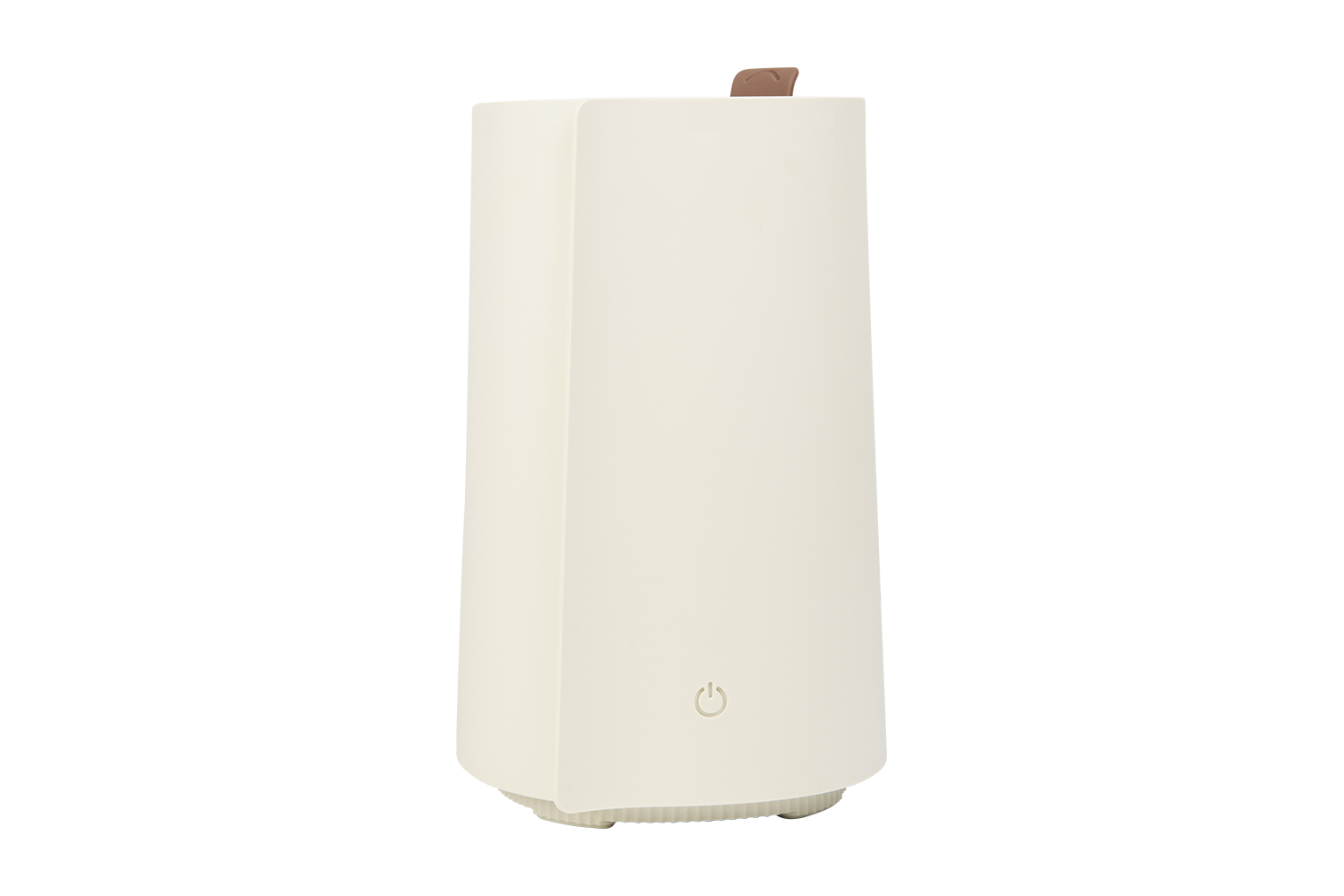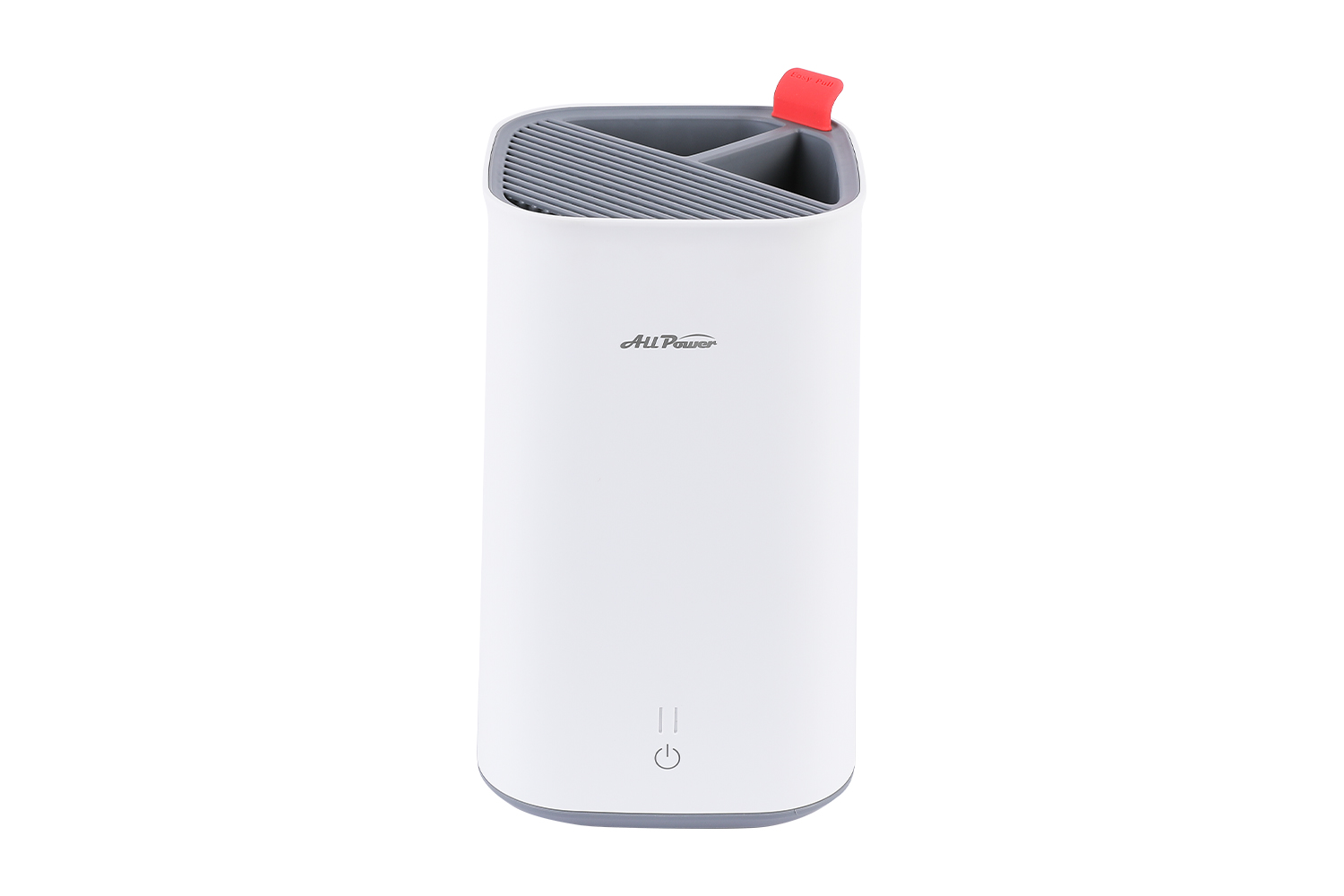Specialty Nonstick Enameled steel pot wholesale are a must have in any kitchen. They're perfect for everything from eggs and pancakes to grilled cheese and fish. They also come in a variety of shapes, sizes, and finishes. You can shop individual pieces or a whole set, so you're sure to find something that suits your cooking style.
What's the Difference Between Stainless Steel and Enamel Cast Iron?
Stainless steel and enameled cast iron cookware both have different performance characteristics that make them unique from one another. These differences can be boiled down to their ability to distribute and absorb heat, as well as their responsiveness to cooking techniques.
Both stainless steel and enameled cast iron are durable and have a long lifespan, but both also have their weaknesses and limitations. For example, while both are corrosion-resistant, stainless steel is much more resistant to extreme temperature changes than enameled cast iron.
The main issue with enameled cast iron is that it isn't as durable as stainless steel and can easily become damaged if dropped or impacted in a way that makes the pan difficult to handle. This is due to the brittleness of its vitreous coating, which can become chipped or broken.
In addition, if you put the pan in hot water, it's easy to crack the enamel layer, making it more likely to break down or wear away over time. This is especially true if you don't clean the pan well or don't use it regularly.
How Can I tell if It's Time to Replace My Nonstick Pan?
If you notice that your nonstick pan is warped, chipped, scratched, or has a flaky coating, it's probably time to replace it. A pan that's worn down is not only less effective for cooking but can also pose a health risk.
You should also check to see if it's made of a safe material, which can affect its safety and durability. Some materials, such as PFOA or C8 (or polytetrafluoroethylene) in the original nonstick products, can leach hormone-disrupting chemicals and heavy metals into your food.
Other materials, such as aluminum, can rust quickly and cause serious damage to your food. If you're looking to minimize these risks, you might want to opt for a nonstick pan made from high-quality ceramic, which is more resistant to scratches and is not as prone to corroding.
There's no doubt that a good stainless steel pot or pan can perform many different functions, including boiling, simmering, sautéing, browning, and stir-frying. This type of cookware is a must have in any kitchen, but it's not the only option.
When choosing a new stock pot, you'll need to consider its capacity and weight. You'll also need to know what kind of stove you have so that you can choose a pot that's compatible with your current appliance.
The best stainless steel stock pots feature a thick, heavy-bottomed construction that distributes heat and holds it evenly. A good one will have wide-set handles for easy handling, as well as a tight-fitting lid and stainless steel strainer that help keep steam inside the pan.
